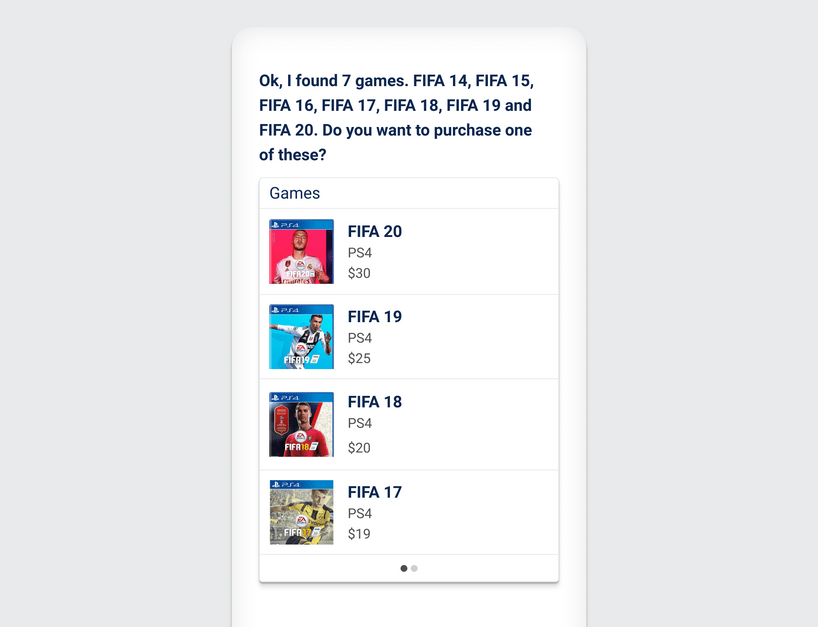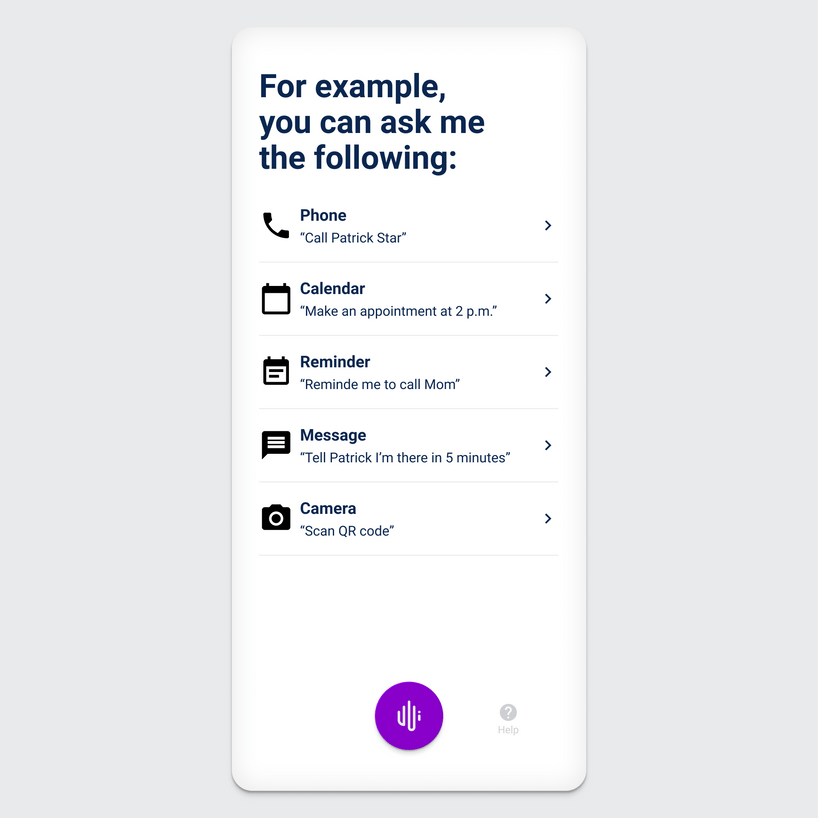Prevent and recover from errors

It’s easy to say to avoid errors when users interact with the voice interface. When designing voice user interfaces, always keep mind to have a plan B ready that helps the user to return to the flow if errors occur. Don’t let the user ever end up in a no-return situation – this will frustrate the user and leads him to no longer using the voice user interface again.
One error that every user is likely to experience when using a voice user interface is that the system misinterprets or does not understands the input. Unfortunately, there is no automatic correction or option to enter a word in a voice user interface to correct spelling errors unless your voice interface has a screen. There is usually only one way to recover from this kind of error, namely to give the command again to repeat the process.
Of course, this is not the most satisfactory way. But it is true that in a conversation it is not so much work to say something twice as to do something twice with your hands – for example, filling out a form. If you fill out a form a second time due to an error, it is very annoying for users. Saying the information twice due to an error does not have the same negative effect. For this reason, it is important to fix an error hand in hand with the user and not to try to hide it from him or her. Be honest and transparent while explaining why something didn’t work.
Error prevention
A better way to handle errors is to prevent them. With good error handling, the user won’t even know an error occurred. We know it is not good to flood the user with information, but it is just as bad to want the user to have to remember what has been said. Remebering information once it’s been said it’s difficult for most people. Let’s see a simple example of how that would work.
Suppose the user wants to buy the game “FIFA” in a gameshop. The voice user interface simply cannot know which game platform and which version is meant. But instead of letting the user repeat the command with more details or simply list all possible versions of the game, the voice user interface should ask the user what game platform the game is for and what version is meant.

Help users recognize, diagnose, and recover from errors
Instead of letting the user recognize the possible commands, help them recognize them. The recognition helps the user to access his knowledge more easily. Thats why simple multiple choice questions are easier to answer than open-ended questions. So make actions and possible possibilities visible to the user so that they can easily recognize them without remembering them.
Consider for a better user experience to display the variations to the user in a visual list, in which he or she can select visually the desired game, instead of remembering between 7 differen variations.

Help and documentation
Without help it may be difficult to fully understand the product. Since the use can’t explore the functional scope of the voice user interface in a conventional way such as navigating the interface, users benefit by having help available to them throughout the interaction.


Help can also provided through conversation. For example, imagine a user is using a voice user interface in his or her smart home. The user want to turn on the alarm system – but has forgotten to lock the back door. Instead of just turn on the alarm, the voice user interface recognize the unlocked door and would offer the user help in locking the house by saying something to the user to draw attention to it, i.e. “It appears the back door is left unlocked. Would you like it to be locked?” before doing just that for the user.